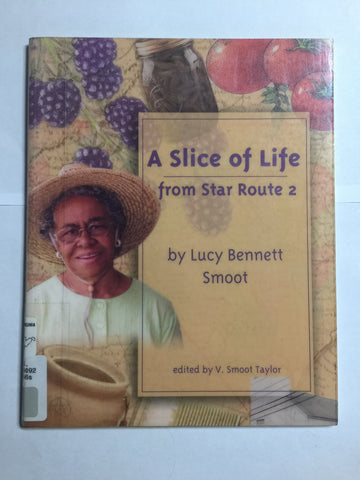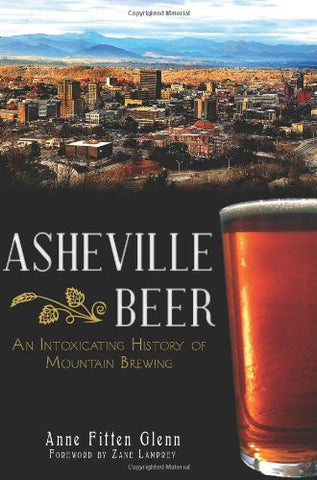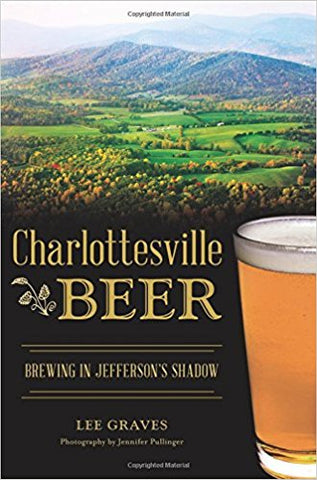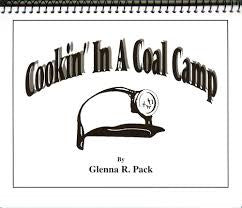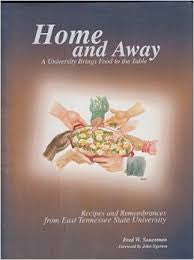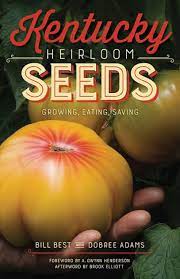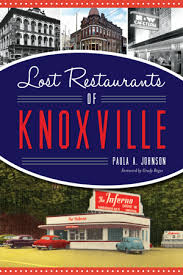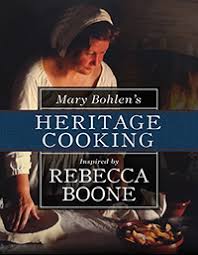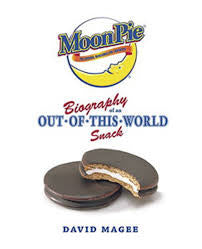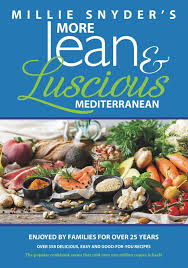Cookbooks and Foodways
Malinda Russell was born into slavery circa 1812 in Washington County, Tennessee, and raised in Greene County. She became a free woman of color as a teenager. After some years in Virginia, she returned to Tennessee and operated a boarding house and pastry shop in Bledsoe County. When it was raided by a gang of whites in 1864, she fled to Paw Paw, Michigan. In 1886 she self-published A Domestic Cook Book, stating in the Preface that she hoped the proceeds from the sale of the book would allow her to return to Greeneville, Tennessee. It is the first known cookbook by an African-American woman. Paw Paw was destroyed by fire shortly after she published her book, and no one has found any further records of her life. In 1904, Minnie C. Fox was living in Big Stone Gap, Virginia. A New York publisher released her Blue Grass Cookbook with an introduction by her brother, John Fox, Jr., one of the most prominent authors of the day. It is widely believed to be the first cookbook by a white person to acknowledge the African-American traditions in cooking both explicitly in her introduction and by illustrating the book exclusively with pictures of African-American cooks. The Tennessee Virginia Cookbook first published in Knoxville in 1911, is another important early regional cookbook. Ronni Lundy, one of the most prominent contemporary Appalachian foodways experts, was interviewed by Maggie Hofman in the September 7, 2016, issue of Saveur Magazine on the occasion of the release of Lundy’s book, Victuals: An Appalachian Journey, with Recipes (2016). She recommended these three Appalachian cookbooks: Smokehouse Ham, Spoonbread and Scuppernong Wine (2010) by Joe Dabney, The Place Setting (2009) by Fred Sauceman and Cornbread Nation 3: Foods of the Mountain South (2005) that she wrote.
-- George Brosi


